
Porsche
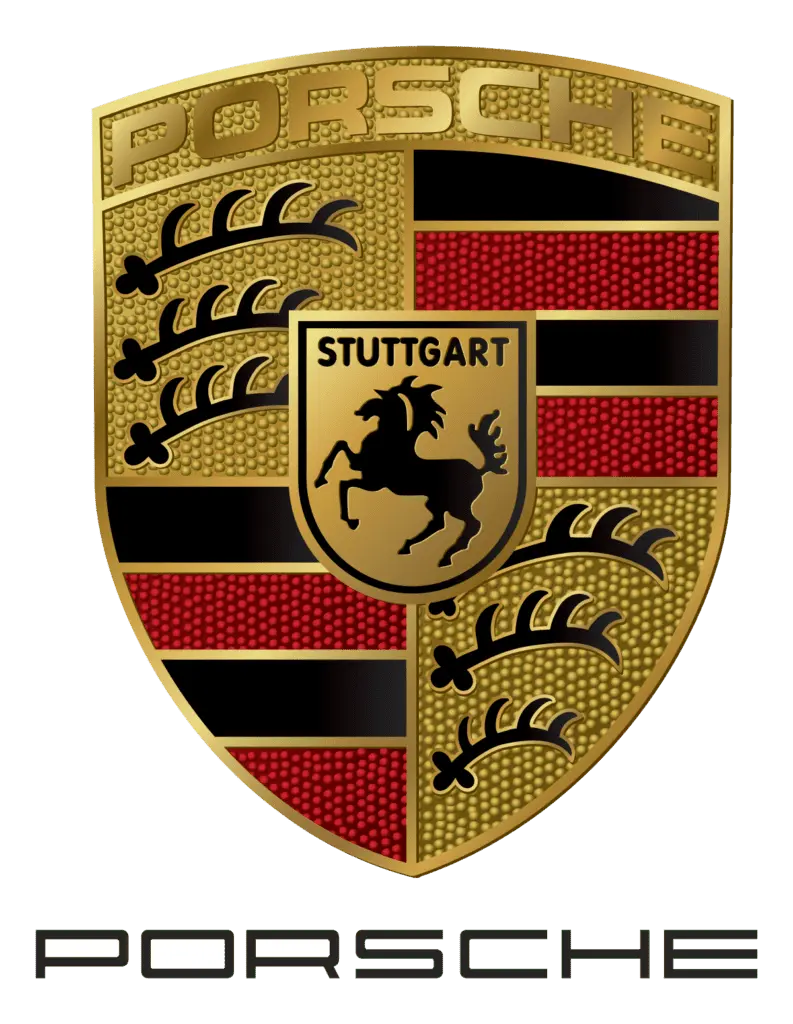
| Name: | PORSCHE |
| Year of foundation: | 1931 |
| Founder: | Ferdinand Porsche |
| Belongs: | Volkswagen Group |
| Location: | Germany: Stuttgart, Baden-Wurttemberg |
| News: | Read more... |
Body type:
SUVHatchbackSedanConvertibleEstateMinivanCoupeVanPickupElectric carsLiftback
The history of the Porsche automobile brand
Contents History of PorscheOwners and managementHistory of the logoParticipation in racingModel rangePrototypesSerial sports models (with Boxer engines)Sports prototypes and racing cars (Boxer engines)Sports cars that came into production, equipped with an in-line engineSports cars that came into production, equipped with V-enginesCrossovers and SUVsQuestions and answers: The cars of the German manufacturer are known all over the world for their sporty performance and elegant design. The company was founded by Ferdinand Porsche. Now the headquarters is located in Germany, St. Stuttgart. According to the data for 2010, the cars of this automaker occupied the highest position among all cars in the world in terms of reliability. The automobile brand is engaged in the production of luxury sports cars, elegant sedans and SUVs. The company is actively developing in the field of car racing. This allows its engineers to develop innovative systems, many of which find application in civilian models. Since the very first model, the brand's vehicles have been distinguished by their elegant forms, and in terms of comfort, they use cutting-edge technologies that make vehicles convenient for travel and dynamic trips. History of Porsche Before starting the production of his own cars, F. Porsche collaborated with the manufacturer Auto Union, which created the Type 22 racing car. The car was equipped with a 6-cylinder engine. The designer also participated in the creation of VW Kafer. The accumulated experience helped the founder of the elite brand to immediately take the highest frontiers in the automotive industry. Here are the main milestones through which the company has passed: 1931 - the foundation of an enterprise that will focus on the development and creation of cars. Initially, it was a small design studio that collaborated with well-known car companies at that time. Prior to the founding of the brand, Ferdinand worked for Daimler for more than 15 years (he held the post of chief designer and member of the board). 1937 - The country needed an efficient and reliable sports car that could be entered in the European Marathon from Berlin to Rome. The event was scheduled for 1939. The National Sports Committee was presented with the project of Ferdinand Porsche Sr., which was immediately approved. 1939 - the first model appears, which will later become the basis for many subsequent cars. 1940-1945g auto production is frozen due to the outbreak of World War II. The Porsche plant will be redesigned for the development and production of amphibians, military equipment and off-road vehicles for headquarters representatives. 1945 - the head of the company goes to prison for war crimes (aiding in the form of the production of military equipment, for example, the super-heavy tank Mouse and Tiger R). The reins of power are taken by the son of Ferdinand, Ferry Anton Ernst. He decides to produce cars of his own design. The first basic model was the 356th. She received a base engine and an aluminum body. 1948 - Ferry Porsche receives a serial production certificate for the 356. The car received a complete set from Kafer, which included an air-cooled 4-cylinder engine, suspension and transmission. 1950 - The company returns to Stuttgart. Starting this year, cars stopped using aluminum to create body parts. While this made the cars a little heavier, they were much more secure. 1951 - the founder of the brand dies due to the fact that his health deteriorated during his stay in prison (he spent almost 2 years there). Until the beginning of the 60s, the company increased the production of cars with different types of bodies. Also, developments are underway to create powerful engines. So, in 1954, cars equipped with internal combustion engines already appeared, which had a volume of 1,1 liters, and their power reached 40hp. during this period, new types of bodies appear, for example, a hardtop (read about the features of such bodies in a separate review) and a roadster (read more about this type of body here). Engines from Volkswagen are gradually being removed from the configuration, and their own analogues are being installed. On the 356A model, it is already possible to order power units equipped with 4 camshafts. The ignition system receives two ignition coils. In parallel with updating the road versions of the car, sports cars are being developed, for example, the 550 Spyder. 1963-76g The car of the family company already manages to gain an excellent reputation. By that time, the model had already received two series - A and B. By the beginning of the 60s, engineers had developed a prototype of the next car - 695. With regard to whether to release it in a series or not, the brand's management did not have a consensus. Some believed that the running car had not yet exhausted its resource, while others were sure that it was time to expand the lineup. In any case, the launch of the production of another car is always associated with a great risk - the audience may not perceive it, because of which it will be necessary to look for funds for a new project. 1963 - The Porsche 911 concept was presented to car enthusiasts at the Frankfurt Motor Show. Partially, the novelty had some elements from its predecessor - a rear-engine layout, a boxer engine, rear-wheel drive. However, the car had the original sporty outlines. The car initially had a 2,0-liter engine with a capacity of 130 horsepower. Subsequently, the car becomes a cult, as well as the face of the company. 1966 - the 911 model, beloved by motorists, receives a body update - Targa (a kind of convertible, which you can read about in more detail separately). The beginning of the 1970s - especially "charged" modifications appear - Carrera RS with a 2,7-liter engine and its analogue - RSR. 1968 - The grandson of the founder of the company uses 2/3 of the company's annual budget to manufacture 25 sports cars of his own design - the Porsche 917. The reason for this is that the technical director decided that the brand must participate in the 24 Le Mans car marathon. This caused strong disapproval from the family, because the failure of this project would result in the company going bankrupt. Despite the huge risk, Ferdinand Piech sees it through to the end, which leads the company to victory in the famous marathon. In the second half of the 60s, another model was released into the series. The Porsche-Volkswagen alliance worked on the project. The fact is that VW needed a sports car, and Porshe needed a new model that would become the successor to the 911, but its cheaper version with the engine from the 356. 1969 - production of the joint production model Volkswagen-Porsche 914 starts. In the car, the motor was located immediately behind the front row of seats to the rear axle. The body was already liked by many Targa, and the power unit was for 4 or 6 cylinders. Due to an ill-conceived marketing strategy, as well as an unusual appearance, the model did not receive such an expected response. 1972 - The company changes its structure from a family business to a public one. Now she received the prefix AG instead of KG. Although the Porsche family lost full control of the company, most of the capital was still in the hands of Ferdinand Jr. The rest became owned by the VW concern. The company was headed by an employee of the engine development department - Ernst Furman. His first decision was to start production of the 928 with an 8-cylinder engine located in the front. The car replaced the popular 911. Until the departure from the post of CEO in the 80s, the line of the famous car did not develop. 1976 - under the hood of a Porsche car there were now power units from a companion - VW. An example of such models is the 924th, 928th and 912th. The company focuses on the development of these cars. 1981 - Furman is removed from the post of CEO, and manager Peter Schutz is appointed in his place. During his tenure, the 911 returns to its unspoken status as the brand's flagship model. She receives a number of external and technical updates, which is reflected in the markings of the series. So, there is a modification of Carrera with a motor, the power of which reaches 231 hp, Turbo and Carrera Clubsport. 1981-88 rally model 959 is produced. It was a real masterpiece of engineering: a 6-liter 2,8-cylinder engine with two turbochargers developed a power of 450hp, four-wheel drive, an adaptive suspension with four shock absorbers per wheel (it could change the car's clearance), a Kevlar body. In the 1986 Paris-Dakkar competition, the car brought the first two places in the overall standings. 1989-98 key modifications of the 911 series, as well as front-engine sports cars, go out of production. Newest cars appear - Boxter. The company is going through a difficult period, which seriously affects its financial condition. 1993 - the director of the company changes again. Now it is V. Wiedeking. During the period from 81 to 93, 4 directors were replaced. The global crisis of the 90s left its mark on the production of cars of the popular German brand. Until 96, the brand updates current models, boosting engines, improving suspension and changing body design (but without departing from the classic look typical of Porsche). 1996 - production of a new "face" of the company starts - model 986 Boxter. The novelty used a boxer motor (opposite), and the body was made in the form of a roadster. With this model, the company's business took off a bit. The car was popular until 2003, when the 955 Cayenne appeared on the market. One plant cannot cope with the load, so the company is building several more factories. 1998 - the production of "air" modifications of the 911 is closed, and the son of the founder of the company, Ferry Porsche, dies. 1998 - the updated Carrera (4th generation convertible) appears, as well as two models for car lovers - the 966 Turbo and GT3 (changed the abbreviation RS). 2002 - At the Geneva Motor Show, the brand presents the utilitarian sports utility vehicle Cayenne. In many ways, it is similar to the VW Touareg, because the development of this car was carried out jointly with the “related” brand (since 1993, the post of CEO of Volkswagen has been occupied by the grandson of Ferdinand Porsche, F. I was drinking). 2004 - The concept supercar Carrera GT, which was shown at the Geneva Motor Show in 2000, enters the series. The novelty received a 10-cylinder V-shaped engine of 5,7 liters and a maximum power of 612 hp. the body of the car was partially made of a composite material, which was based on carbon fiber. The power unit was paired with a 6-speed gearbox with a ceramic clutch. The brake system was equipped with carbon ceramic pads. Until 2007, according to the results of the Nurburgring race, this car was the fastest in the world among serial road models. The course record was broken by just 50 milliseconds by the Pagani Zonda F. Until now, the company continues to delight lovers of sports driving in luxury cars with the release of new super powerful models, such as the 300 horsepower Panamera in 2010 and the 40 horsepower Cayenne Coupe (2019). One of the most productive was the Cayenne Turbo Coupe. Its power unit develops a power of 550hp. 2019 - The company was fined 535 million euros for the fact that the brand used engines from Audi, which, according to environmental standards, did not meet the declared parameters. Owners and management The company was founded by the German designer F. Porsche Sr. in 1931. Initially, it was a closed company that belonged to the family. As a result of active cooperation with Volkswagen, the brand moved to the status of a public company, the main partner of which was VW. This happened in 1972. Throughout the history of the brand, the Porsche family has owned the lion's share of the capital. The rest was owned by its sister brand VW. Related in the sense that the CEO of VW since 1993 is the grandson of the founder of Porsche, Ferdinand Piech. In 2009, Piech signed an agreement to merge the family companies into one group. Since 2012, the brand has been operating as a separate division of the VAG group. The history of the logo Throughout the history of the luxury brand, all models wore and still wear one single logo. The emblem depicts a 3-color shield, in the center of which is the silhouette of a rearing horse. The background part (a shield with antlers and red and black stripes) was taken from the coat of arms of the Free People's State of Württemberg, which lasted until 1945. The horse was taken from the coat of arms of the city of Stuttgart (was the capital of Württemberg). This element was reminiscent of the origin of the city - it was originally founded as a large farm for horses (in 950). The Porsche logo appeared in 1952, when the geography of the brand reached the United States. Before the introduction of corporate symbols, cars simply had the Porsche inscription. Participation in racing Since the very first prototype of a sports car, the company has taken an active part in various automotive competitions. Some of the brand's accomplishments include: Winning the 24 Hours of Le Mans races (356 with aluminum body); Races on the roads of Mexico Carrera Panamericana (conducted for 4 years since 1950); Italian endurance race Mille Miglia, which took place on public roads (from 1927 to 57); Racing on public roads in Sicily Targo Florio (held in the period 1906-77); 12-hour endurance circuit racing on the territory of the former air base in the city of Sebring in Florida, USA (held every year since 1952); Races at the track of the German Automobile Club in Nürburgring, which have been held since 1927; Rally racing in Monte Carlo; Rally Paris-Dakkar. In total, the brand has 28 thousand victories in all the listed competitions. Lineup The lineup of the company includes the following key vehicles. Prototypes 1947-48 - Prototype #1 based on the VW Kafer. The model was named 356. The power unit that was used in it was of the boxer type. 1988 - the predecessor to the Panamera, which was based on the 922 and 993 chassis.

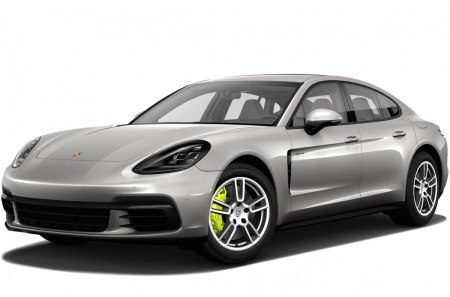
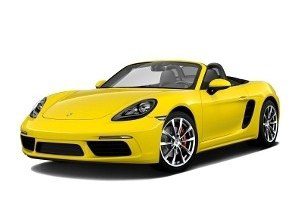
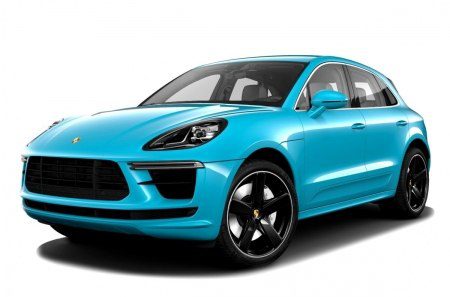
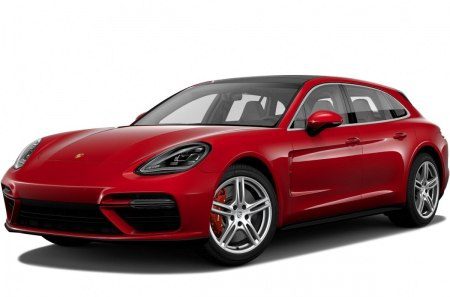
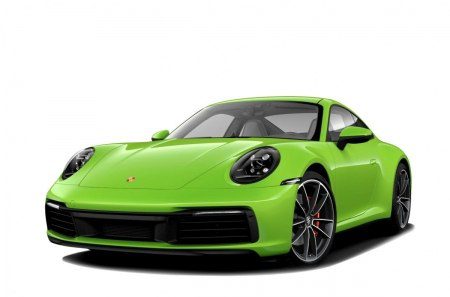

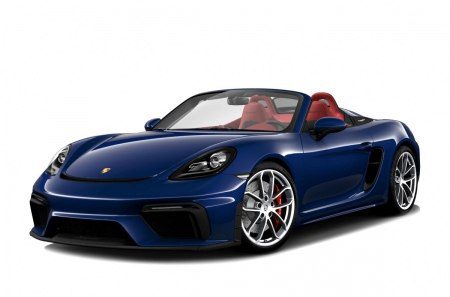
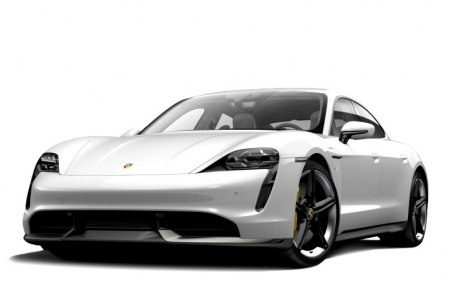

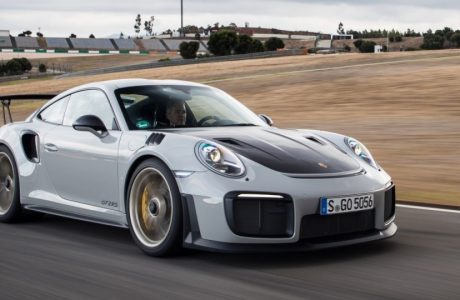
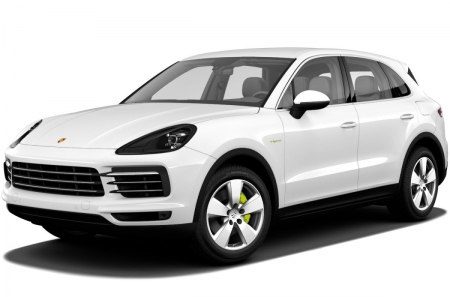
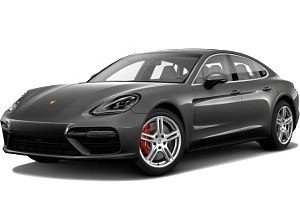
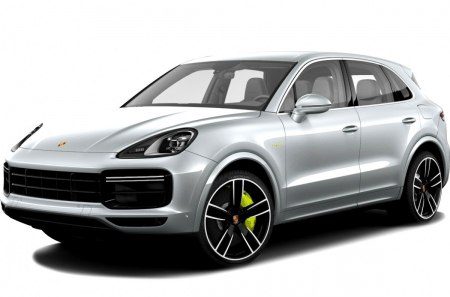
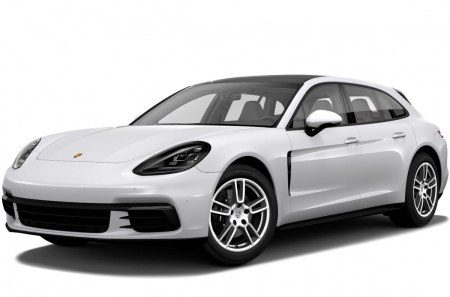
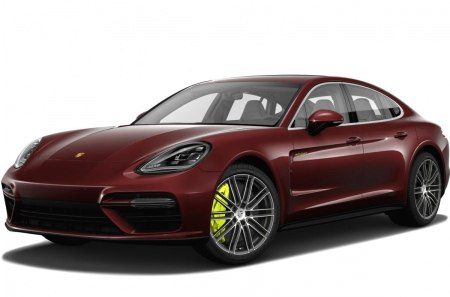


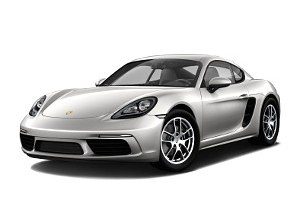
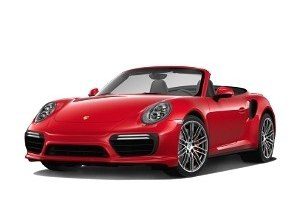
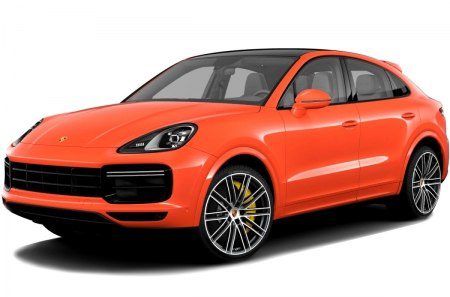
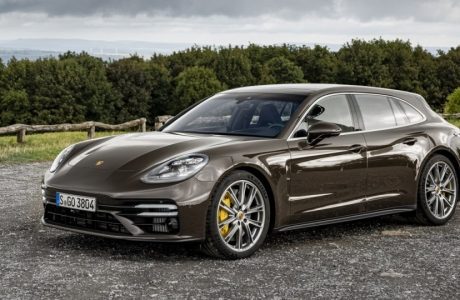
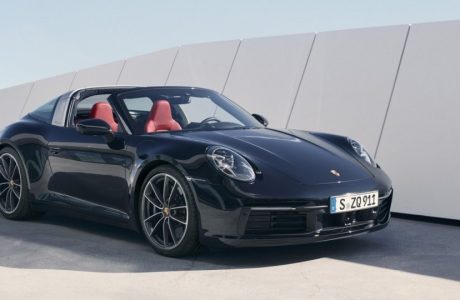

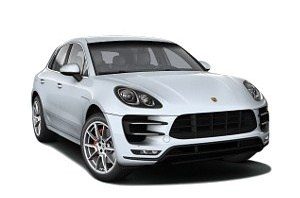

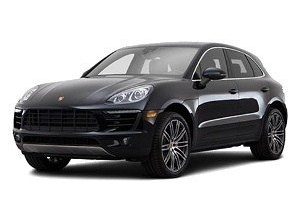
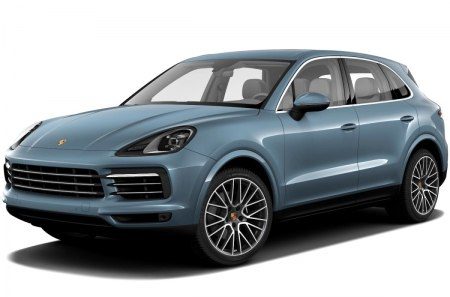
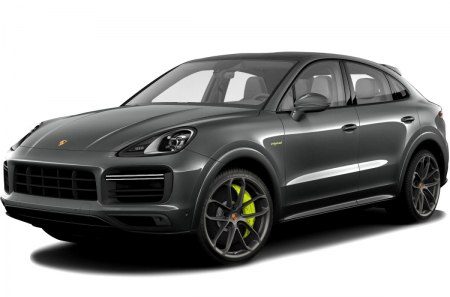

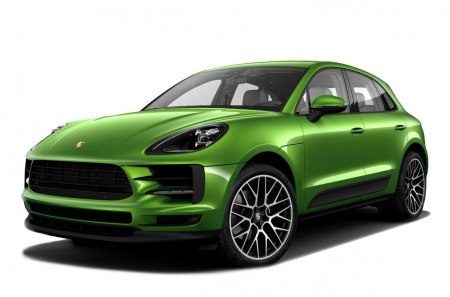
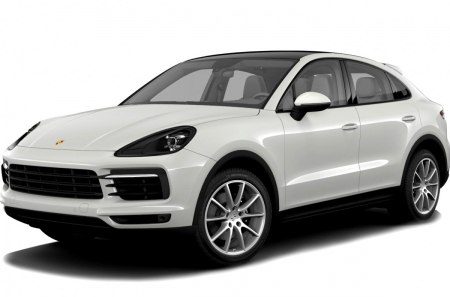
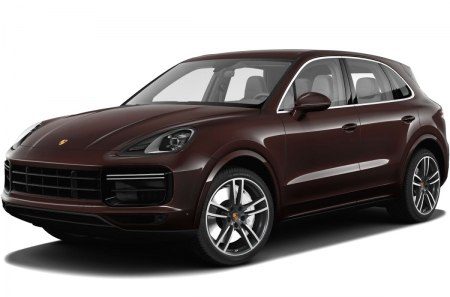
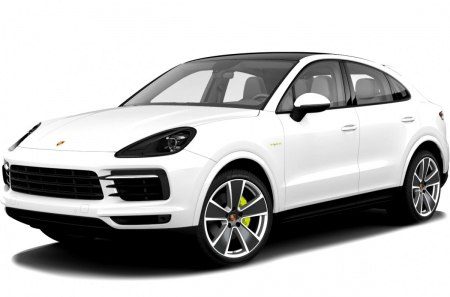
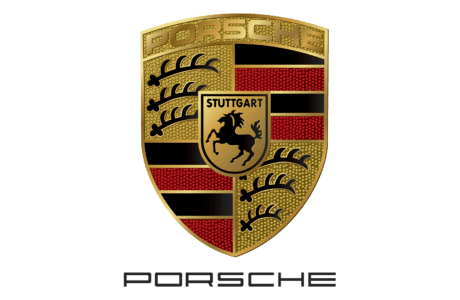
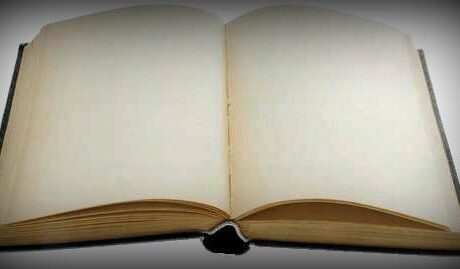

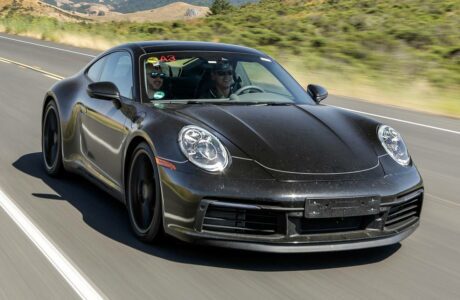
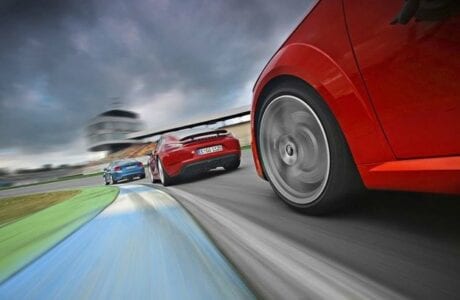
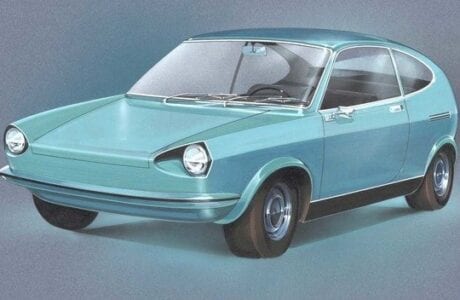
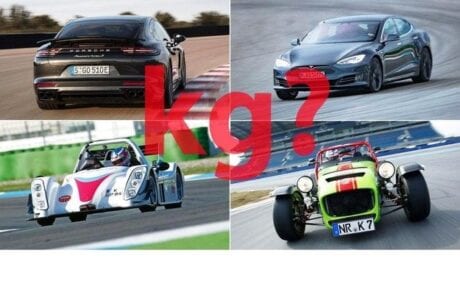

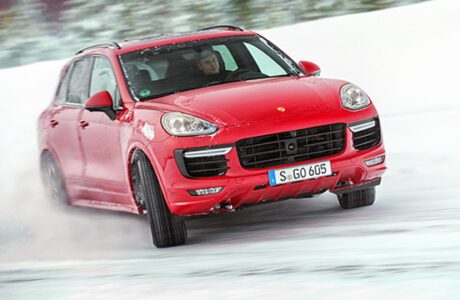
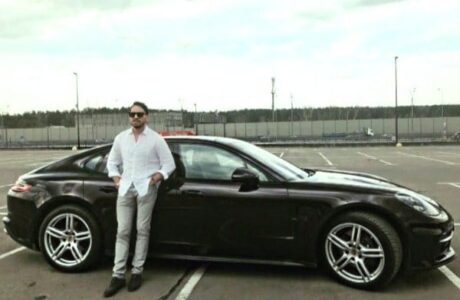

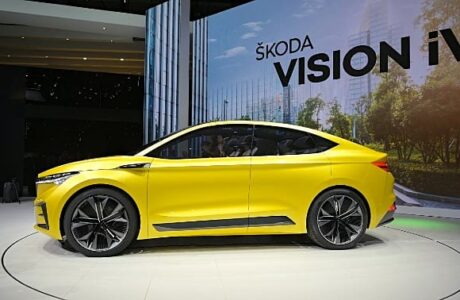


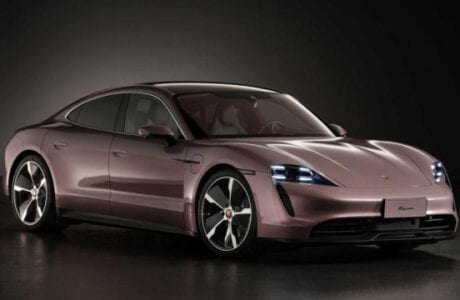
Add a comment